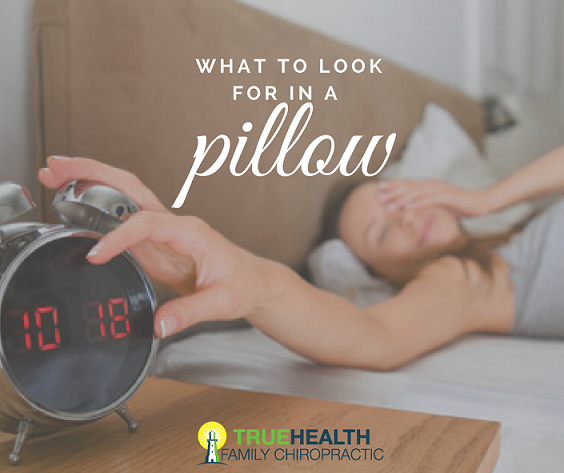
As a parent, when it comes to our children – we would obviously pursue the least invasive approach to better their health. If you think about the degree of trauma associated with the birth process, starting with chiropractic care simply makes commons sense. Naturally, common sense alone is not enough to make a decision – parents should do their homework and look at reliable data concerning risk as well.
If you were to look at medicine, you would find that on average, at least 63,000 children under the age of six experience a non-hospital medication error every year. For every treatment or procedure in medicine that is seemingly “safe,” “free of risks” or “proven to be reliable,” there are many times that things go wrong (side effects, complications, and even death). Simply watching a television ad for any prescription drug will make it clear that nothing is without some degree of risk. As most parents are aware, the side effects associated with prescription drugs for many pediatric ailments, often include severe allergic reactions, paralysis, and even death.
Another thing to consider when it comes to your child’s health, is something we’re learning more and more about – the importance of our microbiome as children. 90% of the cells in our bodies are microbes – and those bacteria help create good immunity and lower risk for allergies, asthma and autoimmune diseases. Antibiotics can also send bacteria into disarray, when given at birth or after. A recent study in the journal Cell Host & Microbe found a three-way link among antibiotic use in infants, changes in the gut bacteria, and disease later in life. Imbalances in gut microbes have been tied to infectious diseases, allergies and other autoimmune disorders, and even obesity later in life. With this in mind, if we could avoid antibiotic use in babies and children (for conditions such as ear infections) by using chiropractic care, who wouldn’t be interested in that?
Children represent a substantial portion of chiropractic patients. In a 2008 study published in the journal Pediatrics, Kemper, et al. reported up to 14 percent of all chiropractic visits were for pediatric patients. And yet, if you were to look at the risks associated with pediatric adjustments, you would see that rarely, if ever are there anything but positive outcomes. A 2011 literature review found that no serious adverse events have been reported in the scientific literature in the last 20 years. Given the research, it’s quite reasonable to conclude that modern pediatric chiropractic care is safe. But does it work?
Data from the International Chiropractic Pediatric Association’s (ICPA) ground breaking study, The Safety and Effectiveness of Pediatric Chiropractic: A Survey of Chiropractors and Parents in a Practice-Based Research Network, was recently published in the biomedical journal, Explore: The Journal of Science and Healing. The most common reasons for parents seeking symptom relief care were muscles conditions, ear, nose, and throat, respiratory and digestive disorders. Out of 577 children, with 5438 visits, doctors reported only 3 aggravations. Out of 239 children, with 1735 visits, parents reported only two aggravations. These incidences were minor discomfort after the adjustment and were readily resolved with continued adjustments.
Both parents and doctors indicated a high rate of improvement with respect to the children’s presenting complaints. In addition to these improvements, respondents reported better sleeping patterns, improvements in behavior and, improved immune system function while under chiropractic care.
When there is strain, tension, pulling and stress placed on the child’s head and neck during the birth process, it very commonly leads to a structural shift. This will often times lead to secondary conditions (colic, constipation, difficulty feeding) that we see resolve when these misalignments are corrected in infants. In our office, kids who get adjusted tend to be more comfortable, have stronger immune systems, and reach developmental milestones appropriately…and they love getting adjusted.







